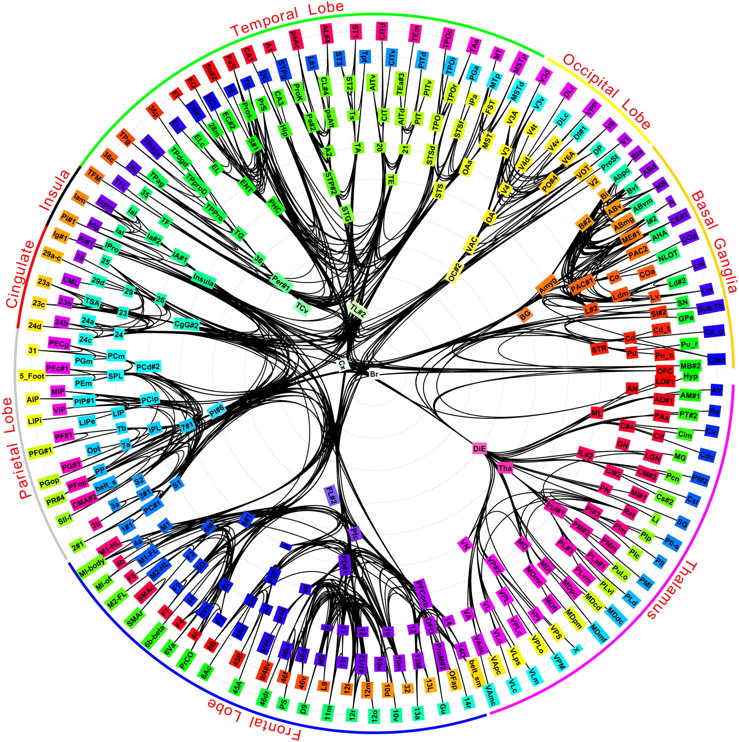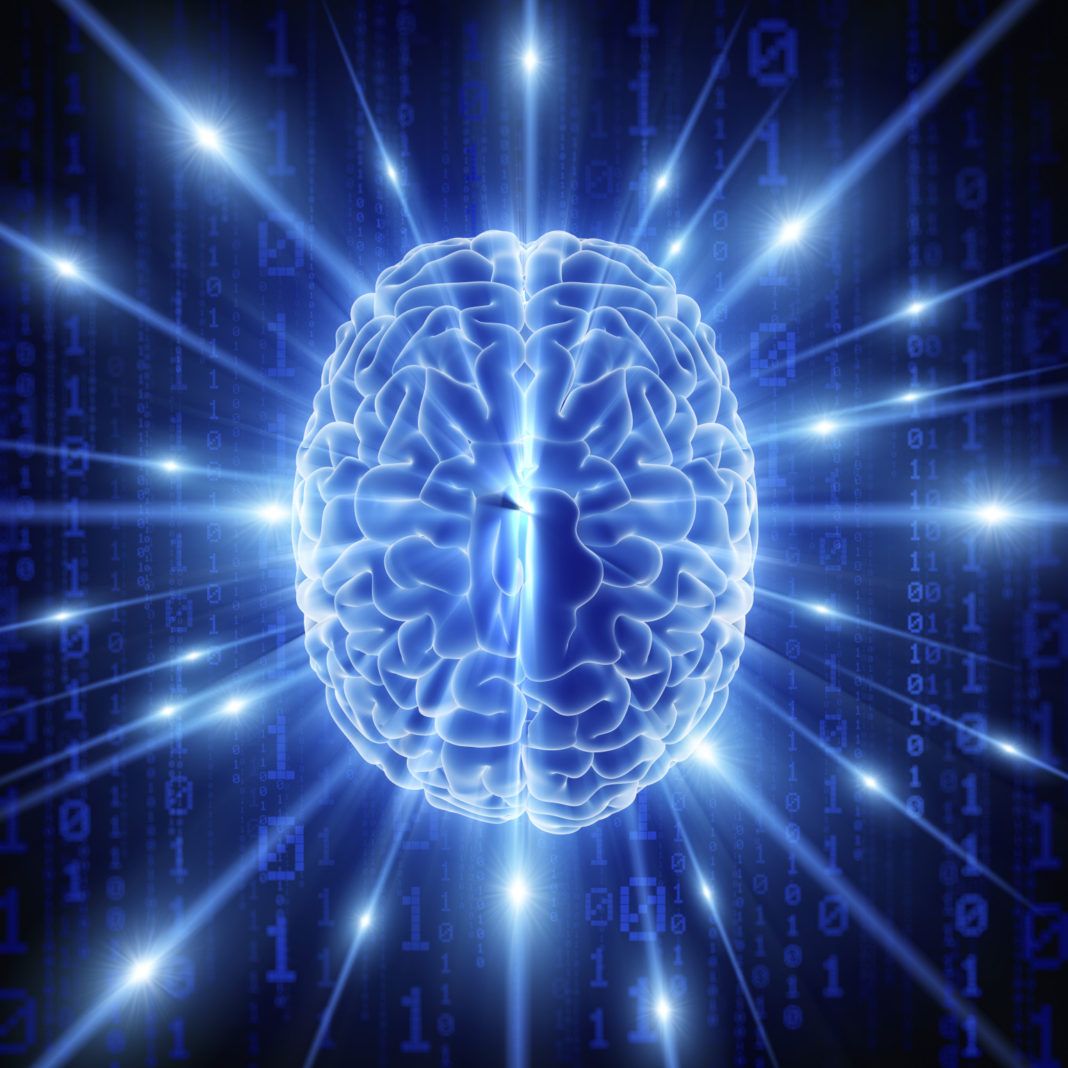Computers have come a long way over the past 40 years. No longer are they strange objects that only top scientists had access to and you would be lucky to see in your lifetime. Today, computers are everywhere from homes, to schools, to stores. There aren’t many people around these days that don’t have to know how to operate a computer, and one company that’s helped make that happen is IBM. And now, to push things even further, IBM has created a new neuromorphic chip that’s modeled on the human brain.
The human brain is a complex system, and although it may work relatively slow in comparison to that of a computer chip, some of the tasks we can carry out with ease are pretty impossible for a computer to do. Scientists found the way in which we learn so fascinating that a few years ago the field of deep learning exploded emerged. Deep learning is based on algorithms and is often used today when it comes to artificial intelligence applications as is the closest thing to a human’s way of thinking but in a computer chip.
One of IBM’s research scientists, Dharmendra Modha, used a supercomputer in which to run a human brain simulation and he was amazed at what he discovered. The results revealed that the supercomputer was in fact around 1,500 times slower that the human brain. With this is mind, Modha set to work creating a computer chip that could replicate that efficiency. First, he analyzed the brain of the macaque to see how their neurons all networked together to get an idea of what humans would be like. He then wired his own model together using a total of 256 neurons and over 64,000 synapses and scaled it down by a factor of 100 in power n consumption and a factor of 10 in size. Finally, the cores were linked together and voila – a neuromorphic chip called TrueNorth is born.

This new chip functions differently to conventional chips in that each neuron is fired only when it receives a signal in a certain threshold. It will then spike and send a subsequent signal to another neuron, integrating that two parts together. This massively lowers power consumption and allows the chip to function very much like a human brain. Neuromorphic chips are quickly becoming a very important part of computing, and that’s down to three main reasons. The first is that the way they’re built makes them perfect for things like speech and image recognition, medical imaging, and understanding patterns in data. Secondly, they are extremely scalable and can be as little as a single core or as big as a large array. Thirdly, these chips are far more efficient than conventional chips and require very little power to run effectively.
As Modha and IBM are currently getting their chips out there and now have more than 100 in circulation at various academic and governmental institutions through TrueNorth. They’re also offering workshops to enable people to get educated on how the chip functions. So, this may well be the start of the neuromorphic chip revolution with IBM leading the way nicely. All we can do now is sit back and with for the others to join the race.
Related Links;
- We Need To Change The Way We Think About Technology / DigitalTonto
- IBM Has Created A Revolutionary New Model For Computing / FORBES
- The Future of Computing: Inspired by the Human Brain / IBM
More News To Read











